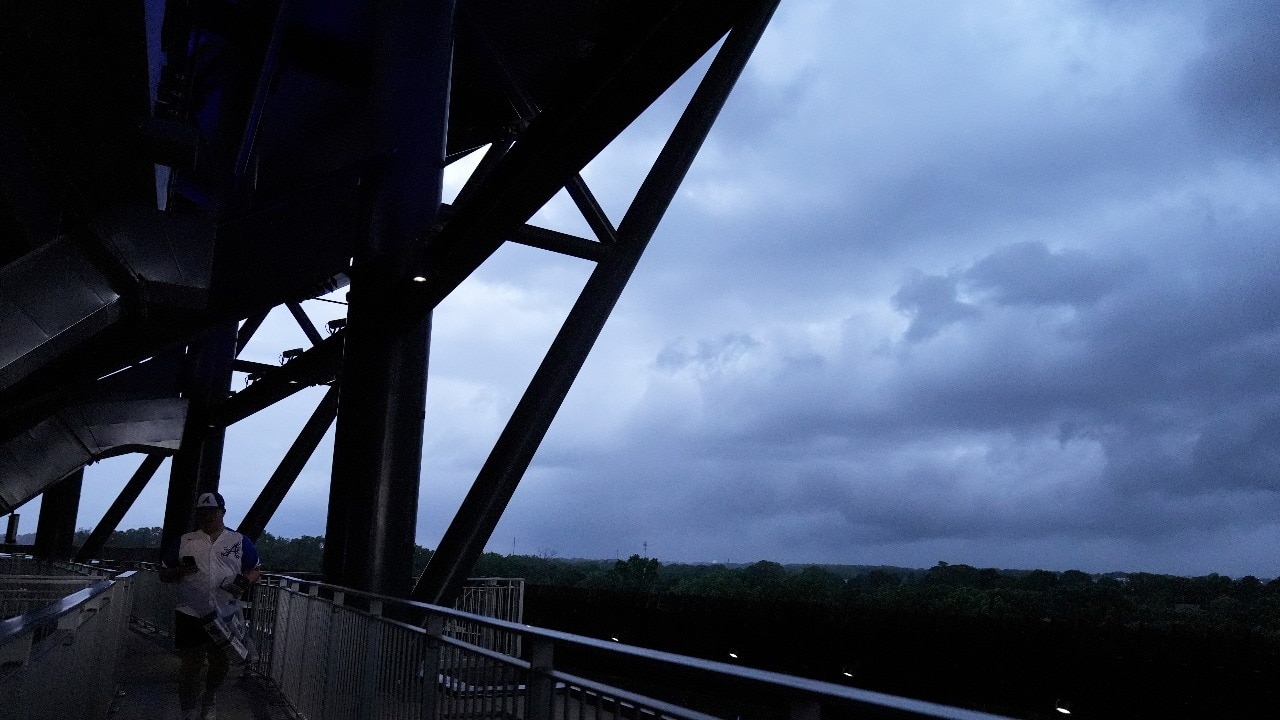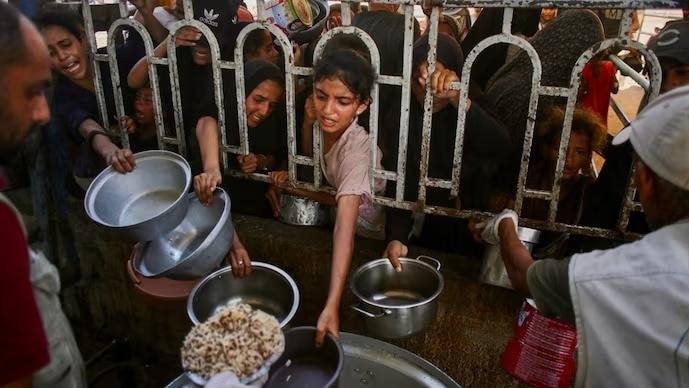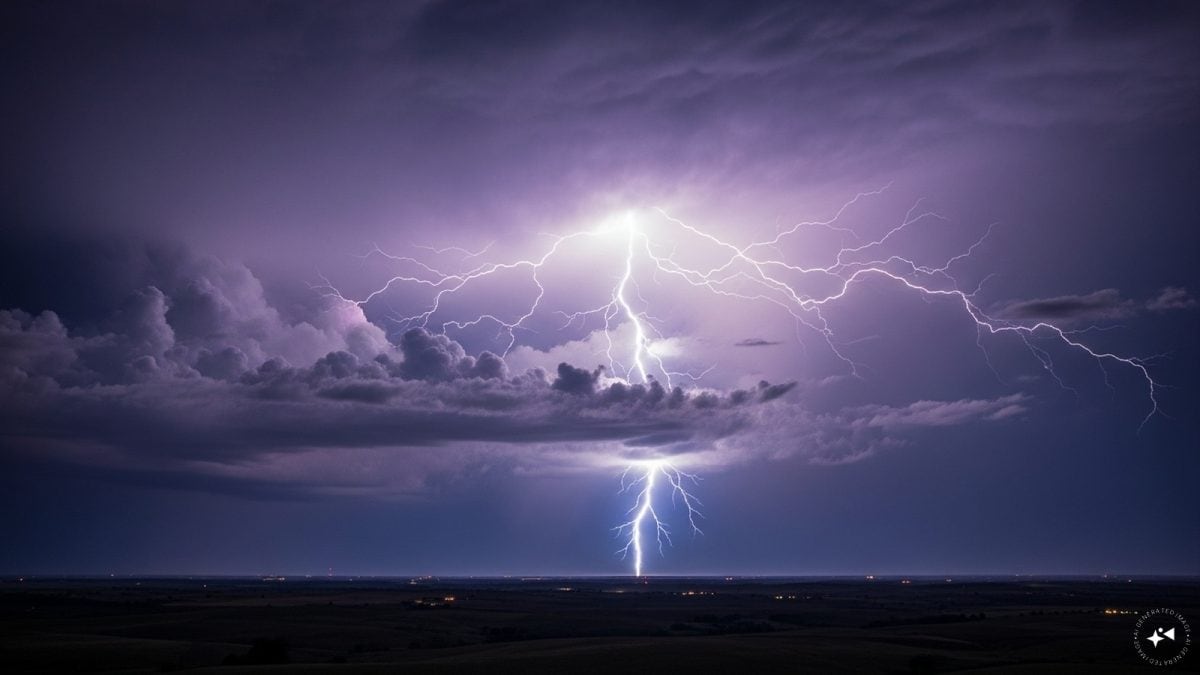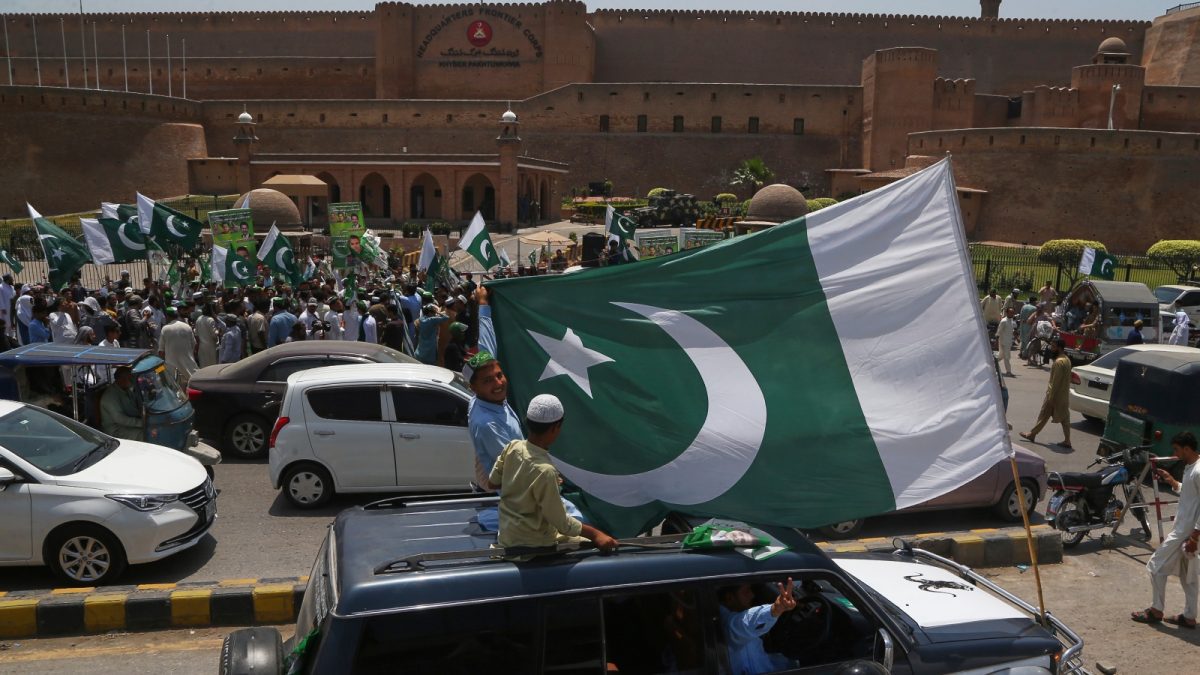Last Updated:July 30, 2025, 13:57 IST
The 2004 earthquake and subsequent tsunami, among the deadliest natural disasters in recent history, resulted in the loss of over 230,000 lives across 14 countries, including India

Fourteen countries, including India, were severely affected by the 2004 calamity, with Indonesia, Sri Lanka, India, Thailand, and the Maldives enduring the worst destruction. (News18)
A powerful 8.8 magnitude earthquake struck Russia on Wednesday, triggering widespread concern across the Pacific region. The seismic event has raised the risk of a potential tsunami, with coastal areas in Russia and Japan already experiencing wave activity. Authorities are closely monitoring the situation as evacuation orders and warnings remain in effect.
The event has evoked haunting memories of the catastrophic 2004 Indian Ocean tsunami, which followed a 9.1-9.3 magnitude earthquake and remains one of the deadliest natural disasters in recorded history. The tragedy, on December 26, claimed hundreds of thousands of lives and left an indelible mark on global disaster response efforts.
The 2004 Boxing Day Tsunami
The epicentre of that earthquake was located at sea level near Sumatra Island in Indonesia, triggering a massive tremor throughout the entire ocean. The tsunami generated by this earthquake unleashed waves as high as 30 metres, decimating the coastal areas of the Indian Ocean.
Fourteen countries, including India, were severely affected by this calamity, with Indonesia, Sri Lanka, India, Thailand, and the Maldives enduring the worst destruction. An estimated 230,000 people lost their lives, making it the deadliest natural disaster in modern history. What made the disaster more tragic was that it unfolded a day after Christmas Day, also known as Boxing Day. Many of the victims were families who were enjoying Christmas vacations at popular beach destinations.
Unprecedented Destruction Across Countries
The tsunami completely obliterated coastal communities. In Indonesia’s Aceh province, over 170,000 people perished, while Sri Lanka lost more than 35,000 lives. The waves ravaged entire coastal regions, severely damaging fishing industries and tourism. Saltwater contamination made fields and soil infertile, permanently destroying livelihoods.
In Sri Lanka, a train named ‘Queen of the Sea’ was swept away by the waves, tragically claiming the lives of 2,000 people.
The economy of the Maldives was devastated, suffering losses equivalent to 62% of its GDP. In total, around 1.7 million people were left homeless due to this disaster. The environment also took a severe hit, with coral reefs and mangroves being destroyed.
A Global Impact Felt Across Multiple Continents
The tsunami had a far-reaching impact, affecting not only Indonesia, Sri Lanka, India, Thailand, and the Maldives but also countries like Myanmar, Malaysia, Seychelles, Somalia, Tanzania, Kenya, Mauritius, Madagascar, and South Africa.
Banda Aceh in Indonesia was the hardest hit, where the waves reached the coastline within 20 minutes, leaving little time for the residents of low-lying areas to escape. In East Africa, the waves continued to wreak havoc up to seven hours after the earthquake, claiming over 300 lives in Somalia.
The tsunami even reached as far as Mexico, Chile, and the Arctic region.
Economic Losses: A Global Disaster With Billions In Damages
The tsunami caused an estimated $13 billion in damages. Indonesia alone faced a staggering loss of $6 billion, which was roughly the GDP of Aceh province. The Maldives suffered losses amounting to $470 million, or 62% of its GDP, while Sri Lanka’s direct losses totalled $1 billion.
In India, the fishing industry and infrastructure in Tamil Nadu and the Andaman-Nicobar Islands were heavily damaged. Globally, an impressive $6.7 billion was raised in aid for reconstruction, with Australia alone contributing $1 billion.
Tamil Nadu, Andaman-Nicobar Islands Bear The Brunt
In India, the tsunami severely impacted the Andaman-Nicobar Islands and the coastal regions of Tamil Nadu. According to official reports, more than 10,700 people lost their lives, and over 5,640 went missing, primarily in the Andaman and Nicobar Islands.
Areas such as Chennai and Nagapattinam in Tamil Nadu were devastated. Waves swept several kilometres inland, causing extensive damage to fishing communities, homes, and infrastructure.
Many of the islands in the Andamans were submerged. However, local tribes such as the Onge were less affected, as their oral traditions guided them to higher ground before the waves struck.
view commentsLocation : First Published:News india Boxing Day Tsunami: 14 Countries Forever Changed On December 26, 2004
Disclaimer: Comments reflect users’ views, not News18’s. Please keep discussions respectful and constructive. Abusive, defamatory, or illegal comments will be removed. News18 may disable any comment at its discretion. By posting, you agree to our Terms of Use and Privacy Policy.
Read More

 1 day ago
1 day ago


















